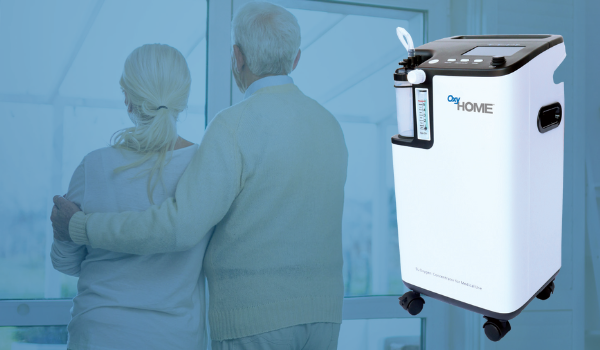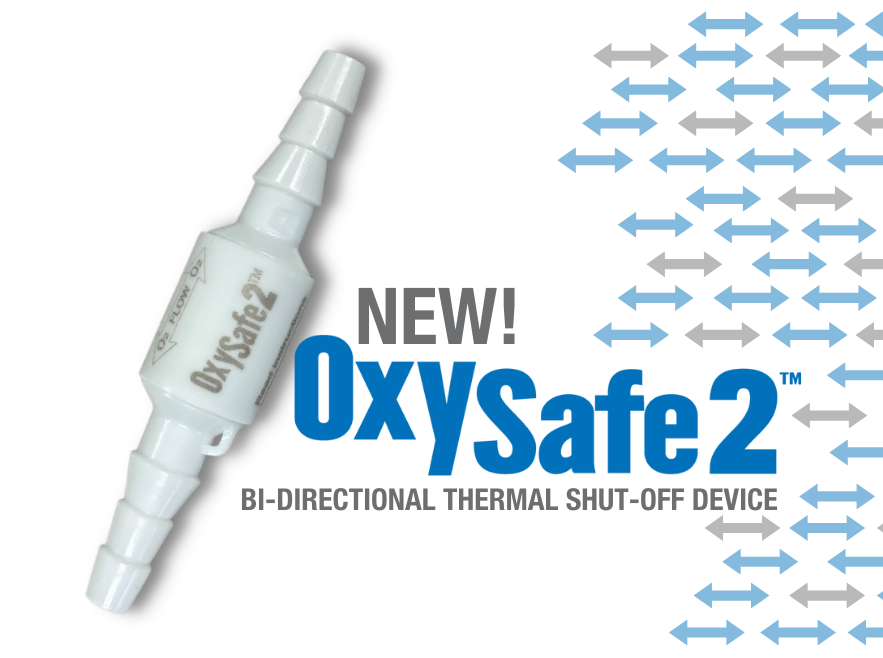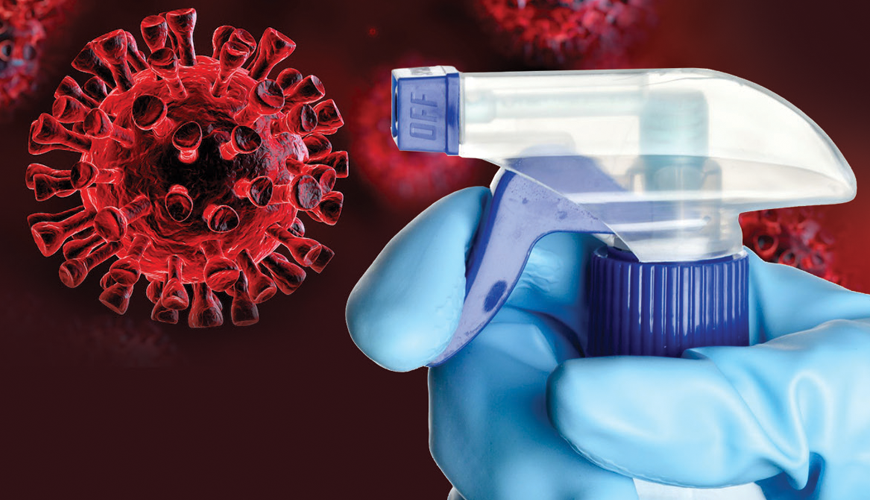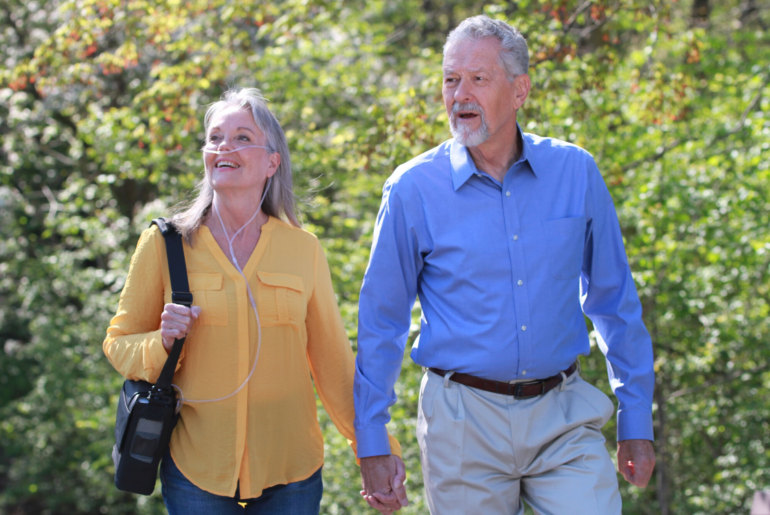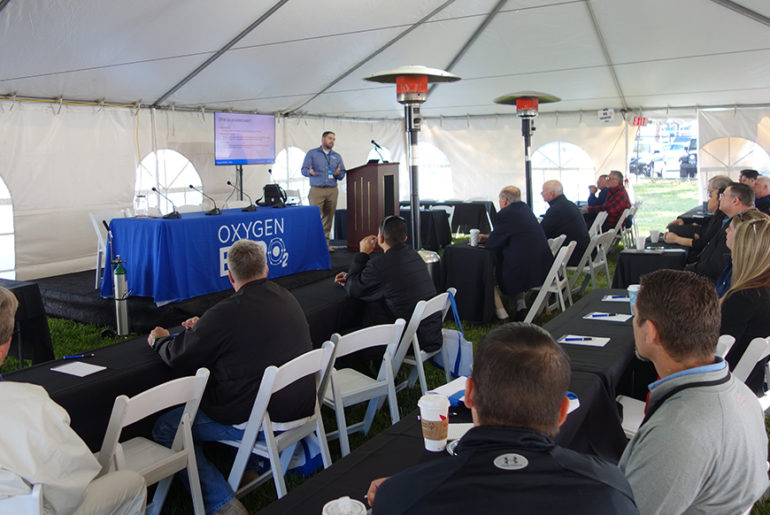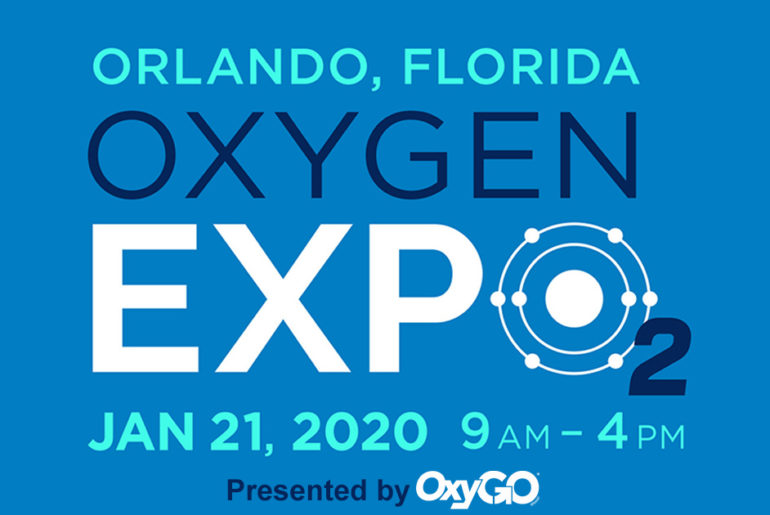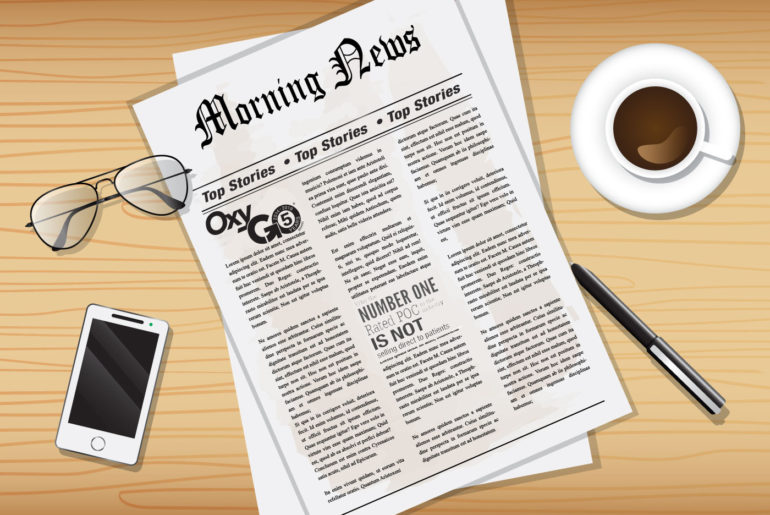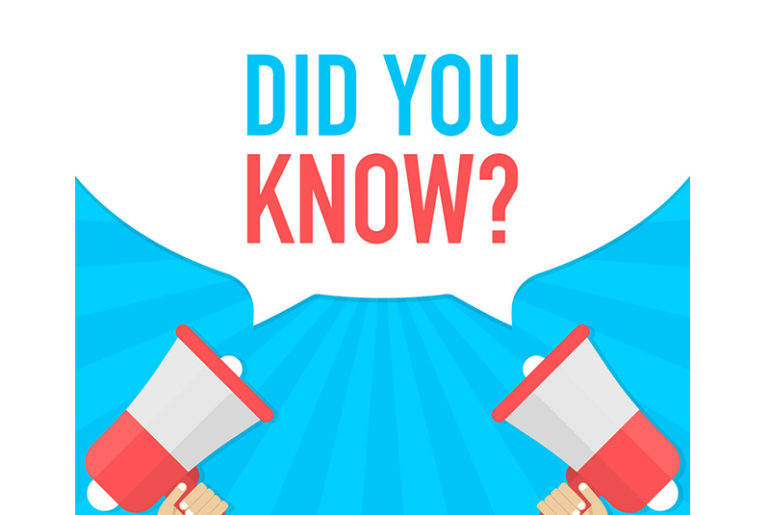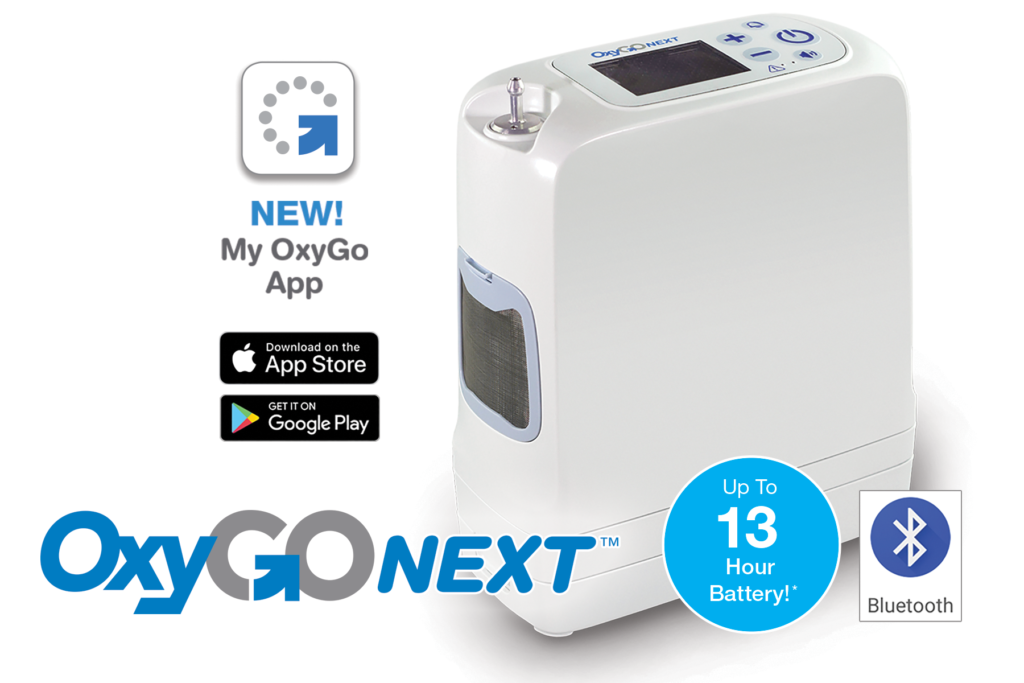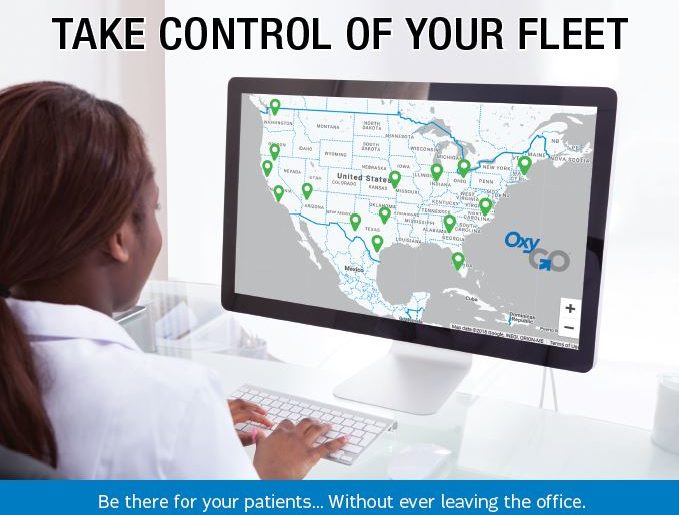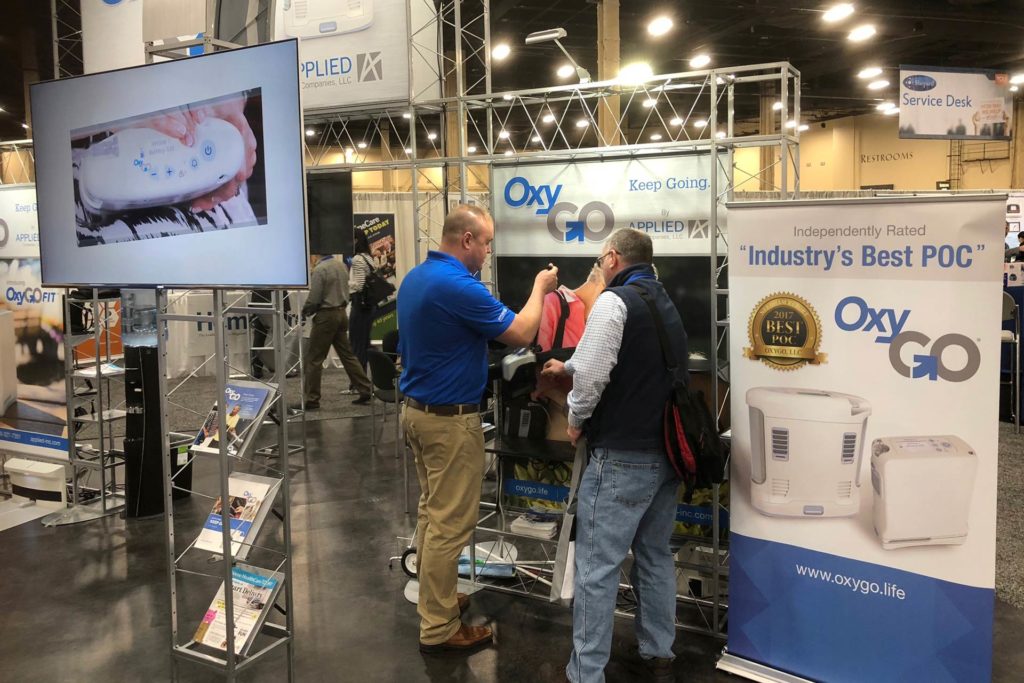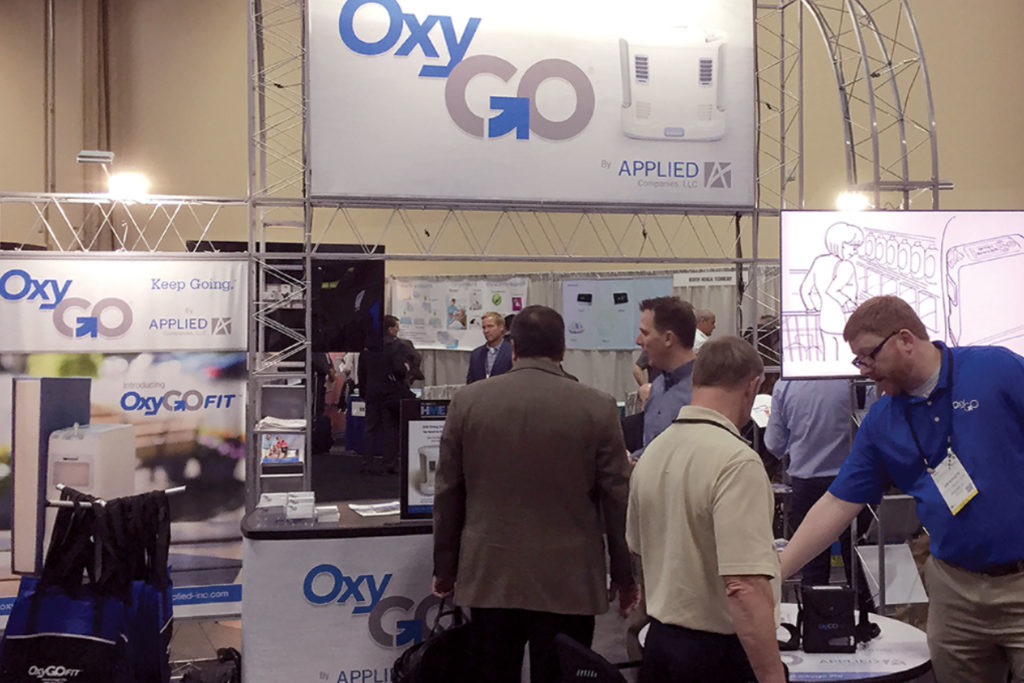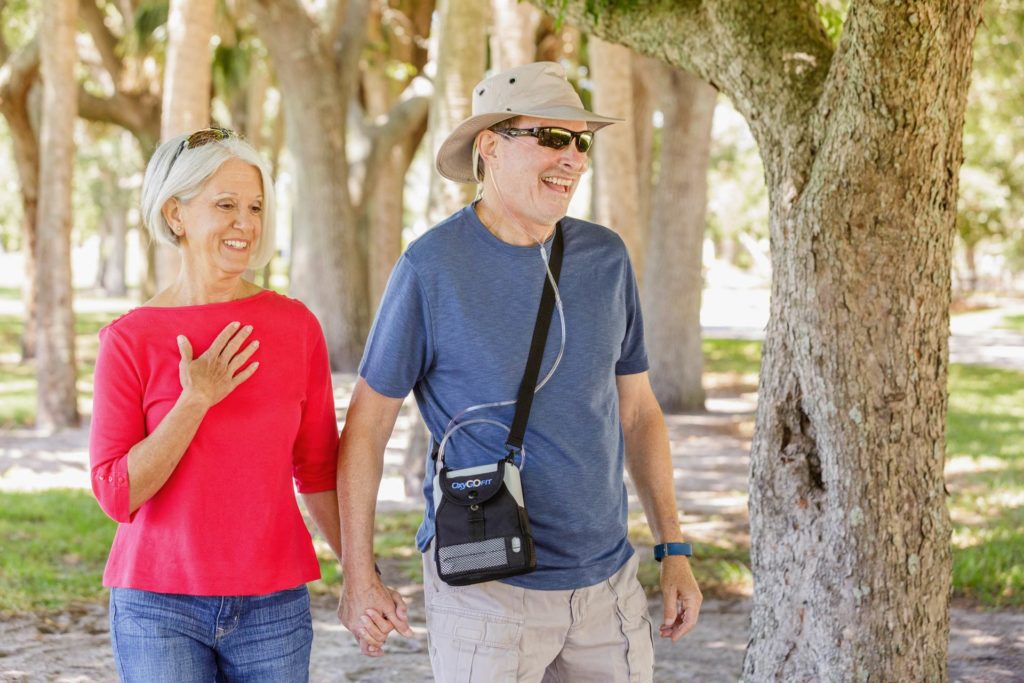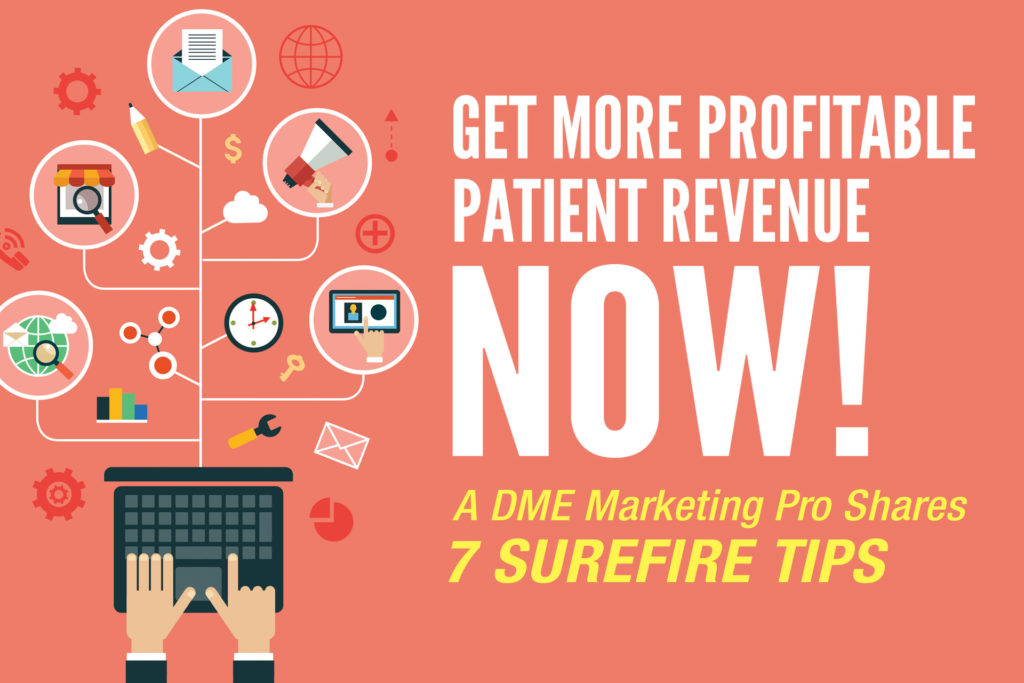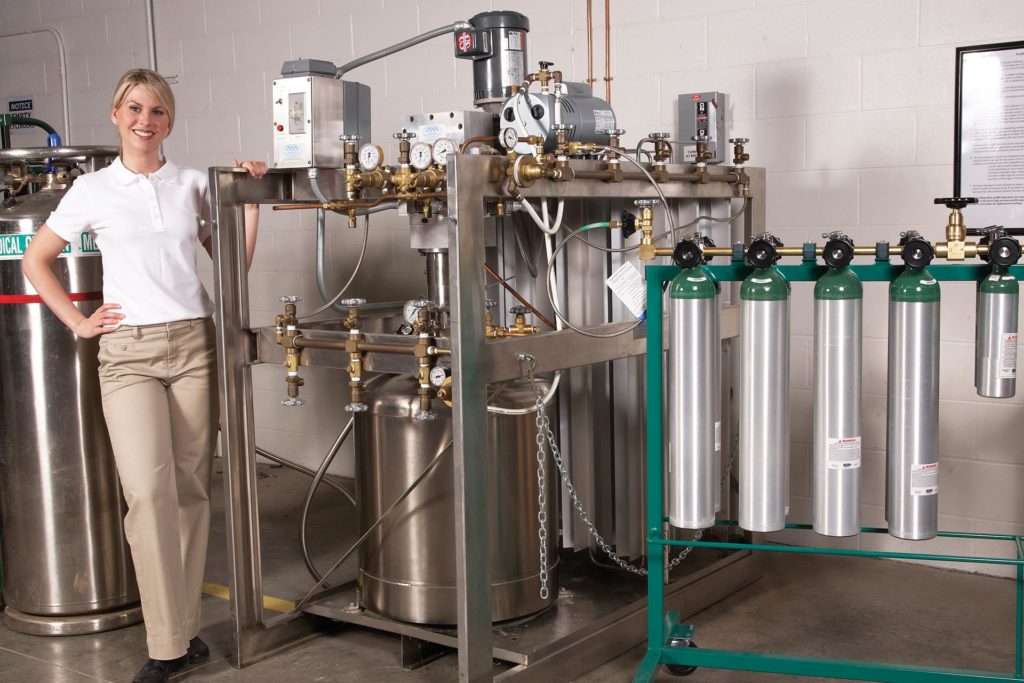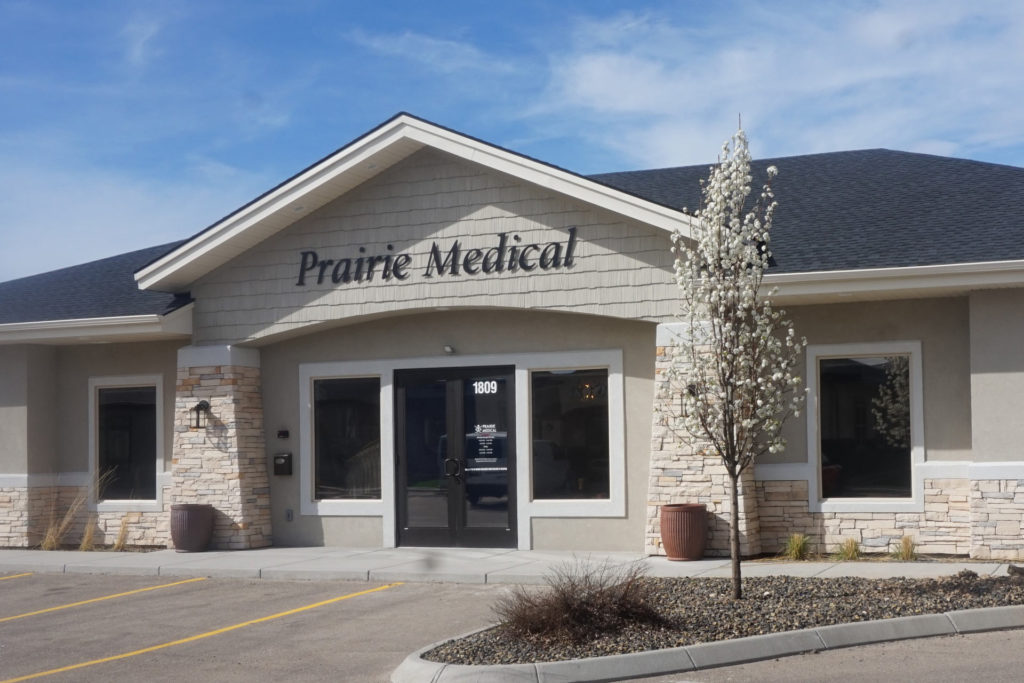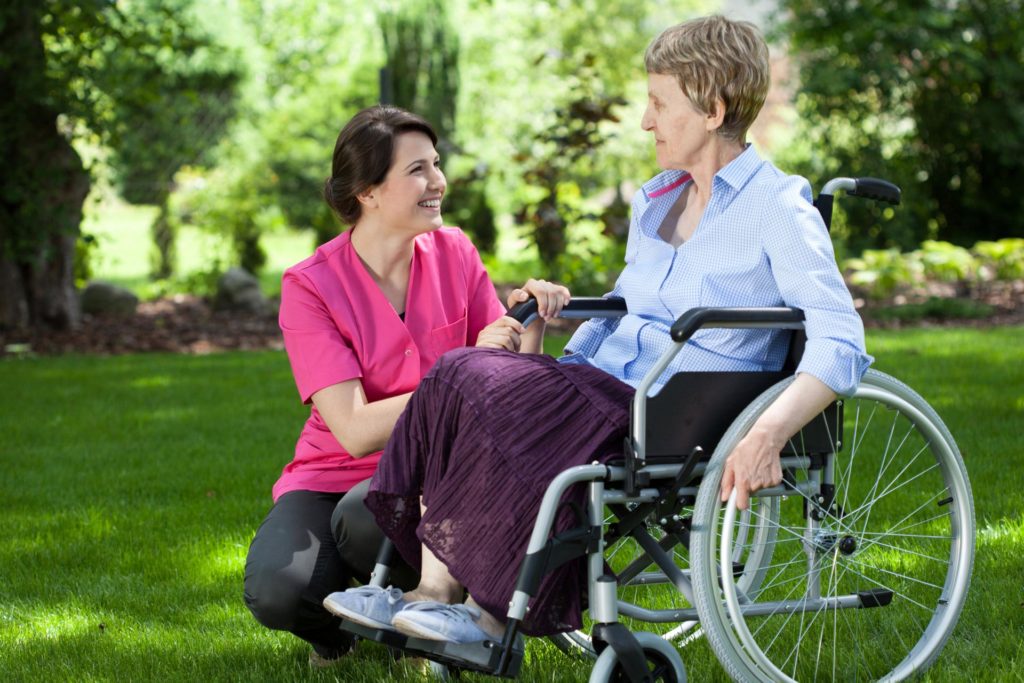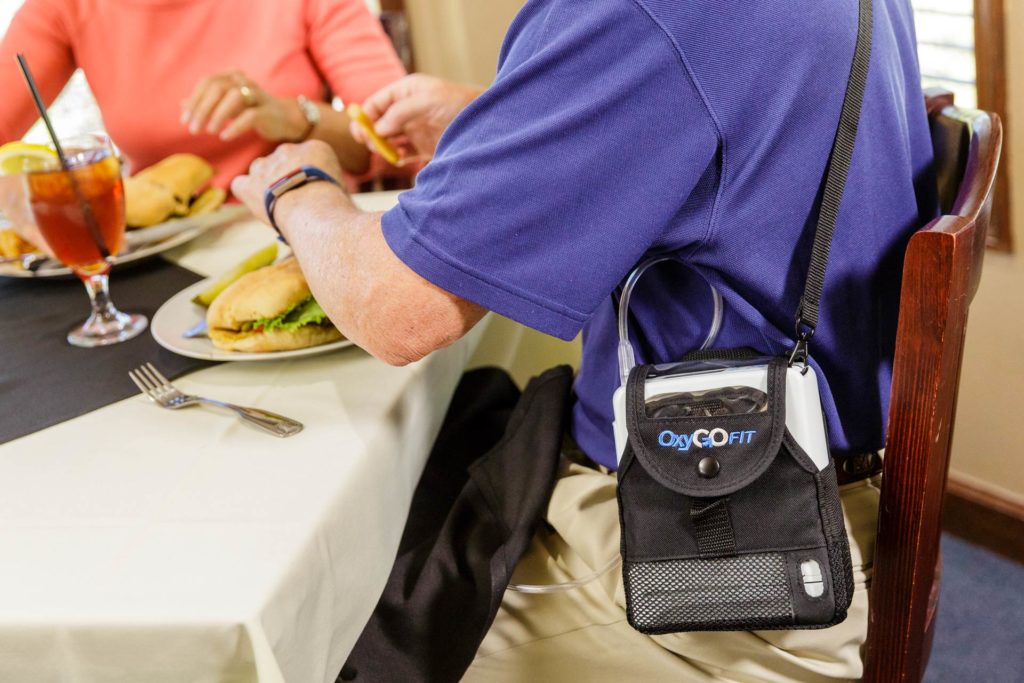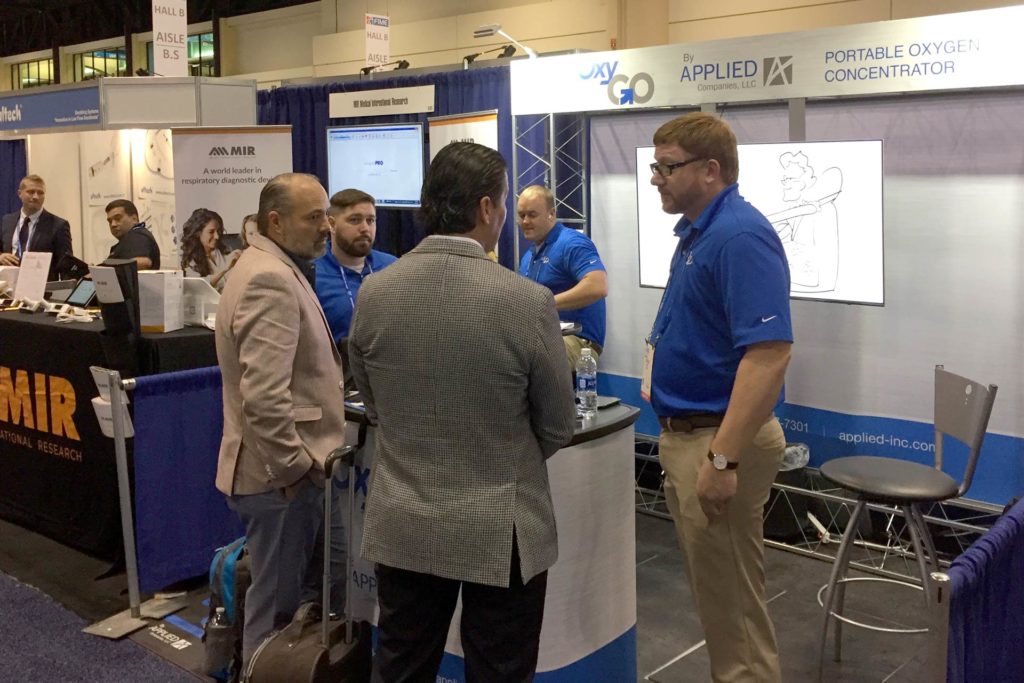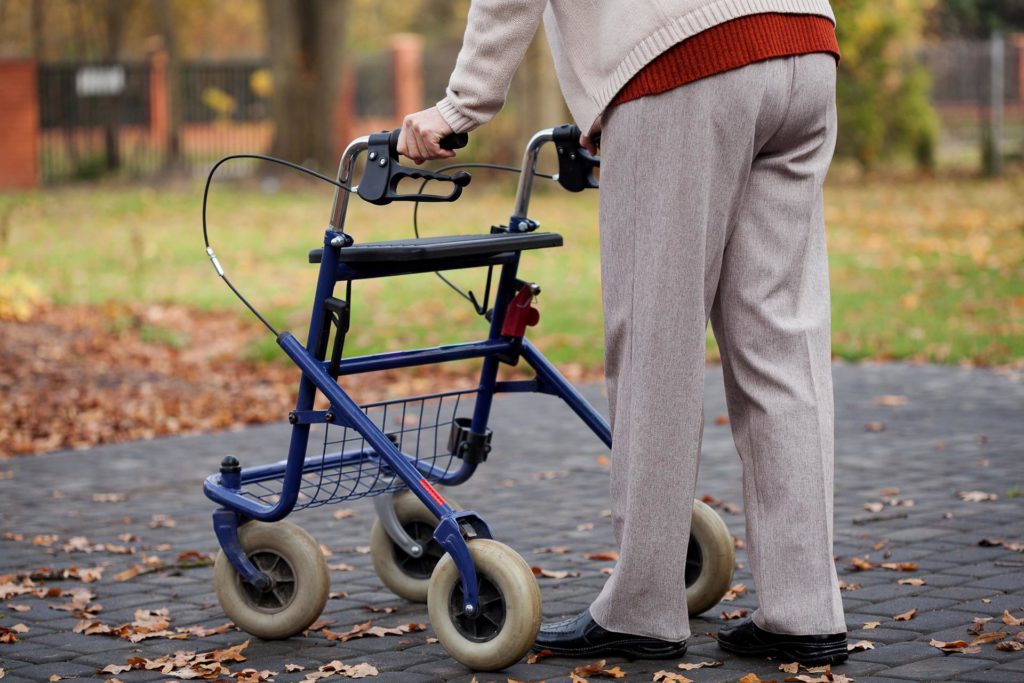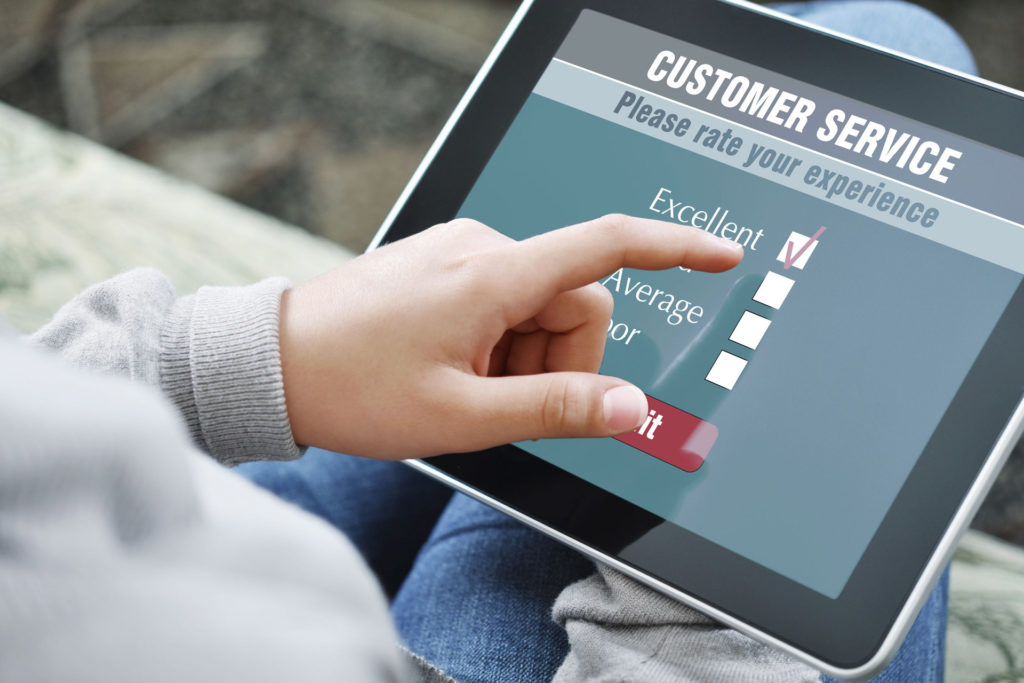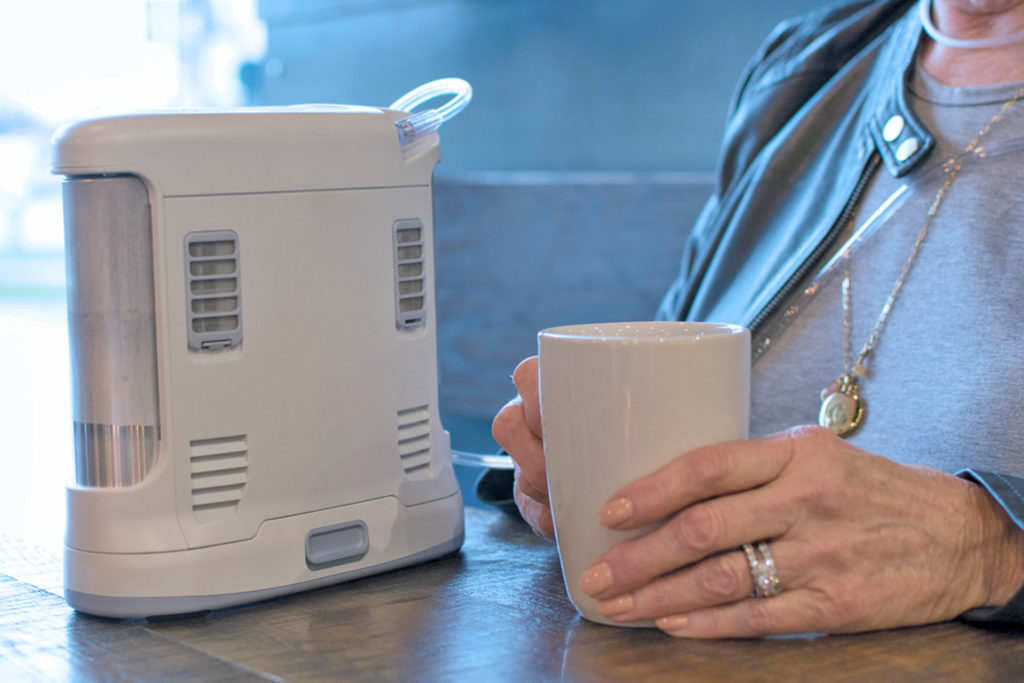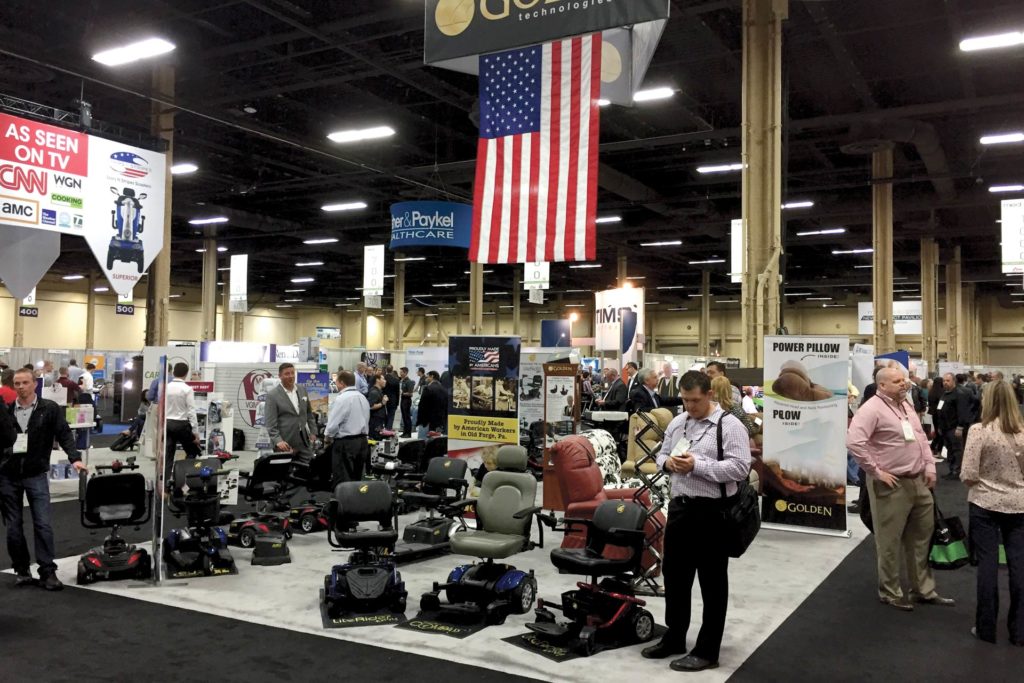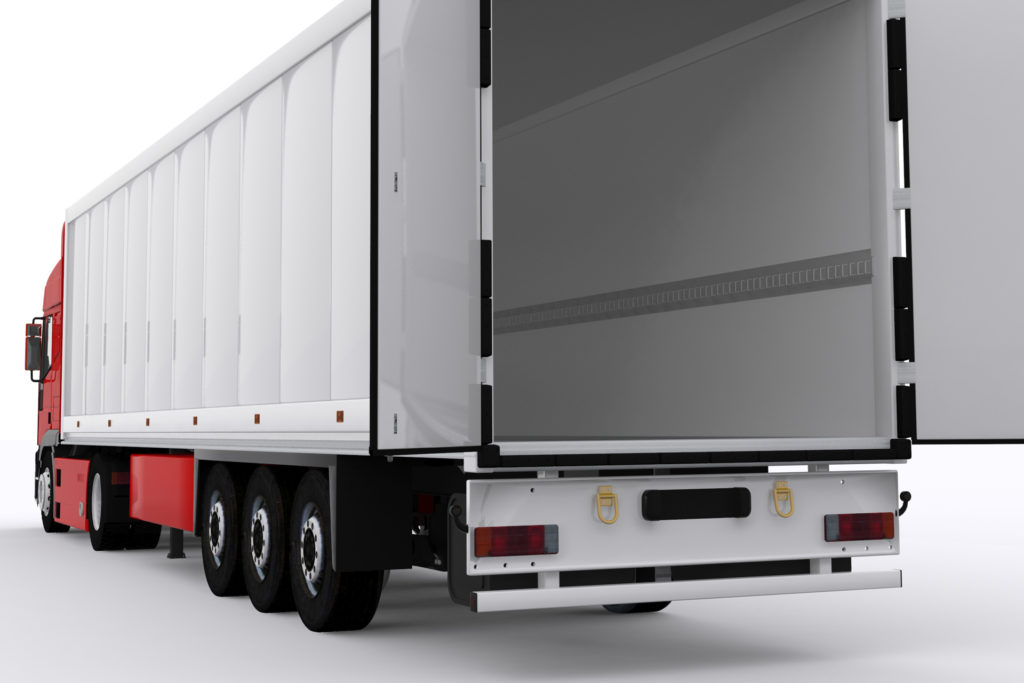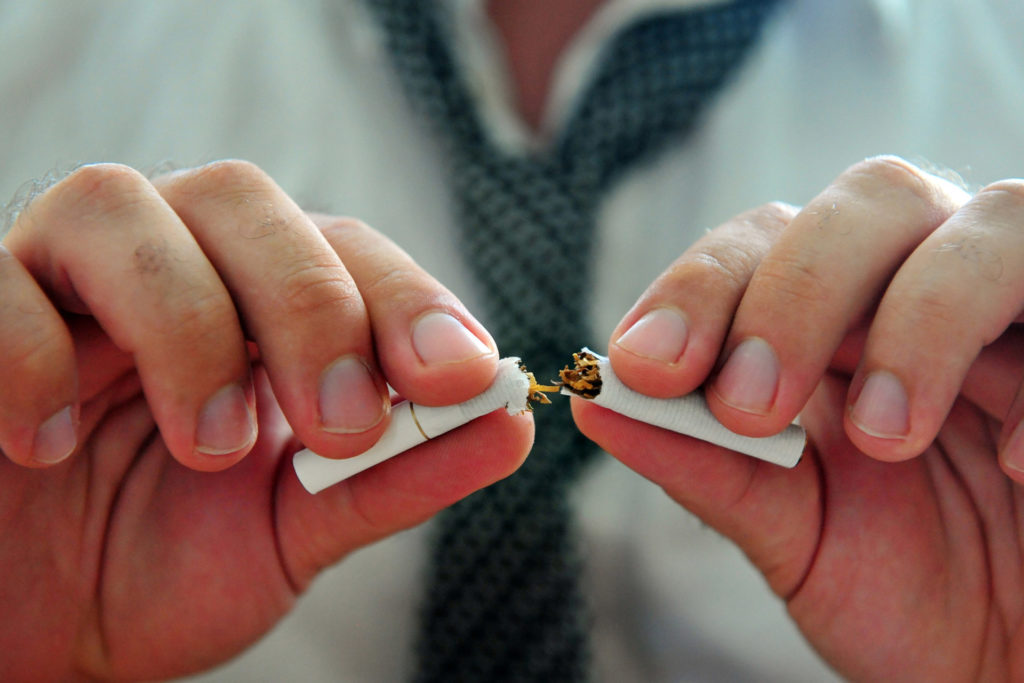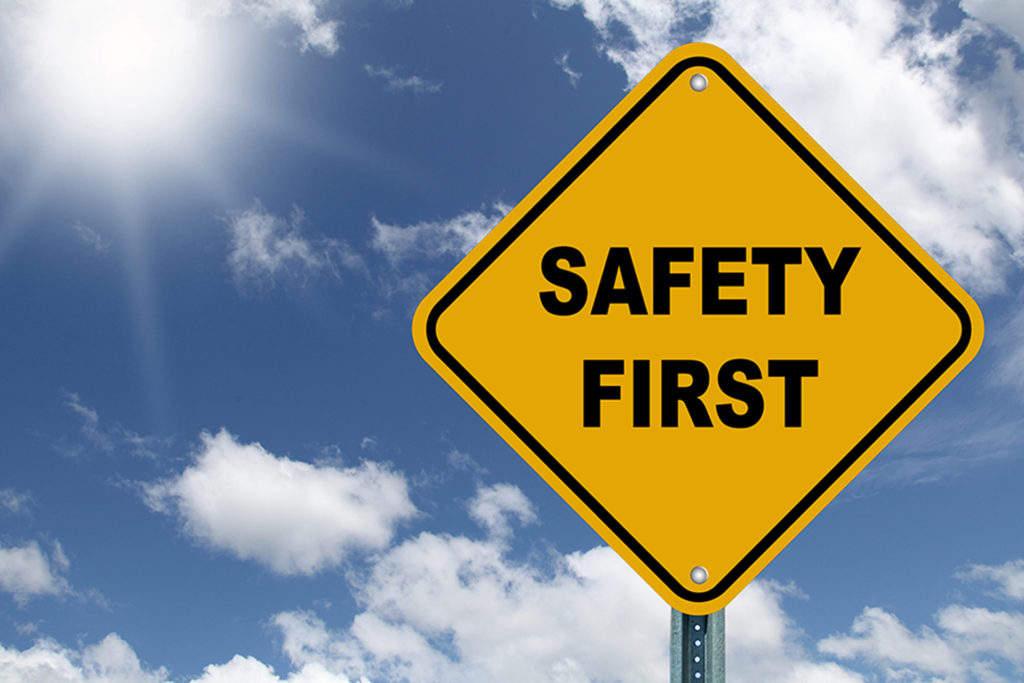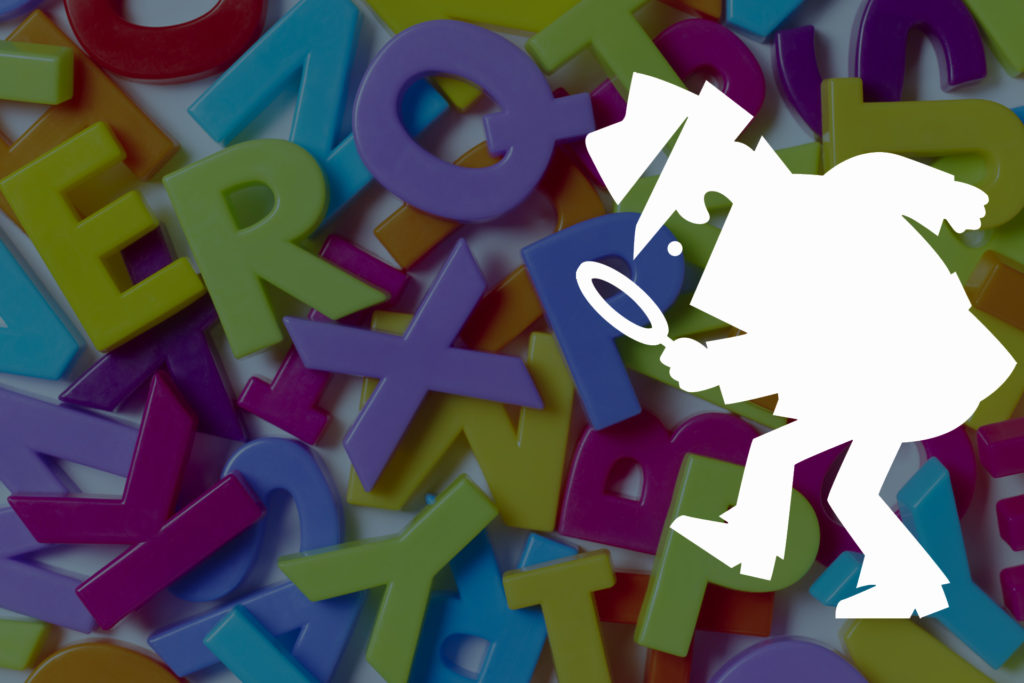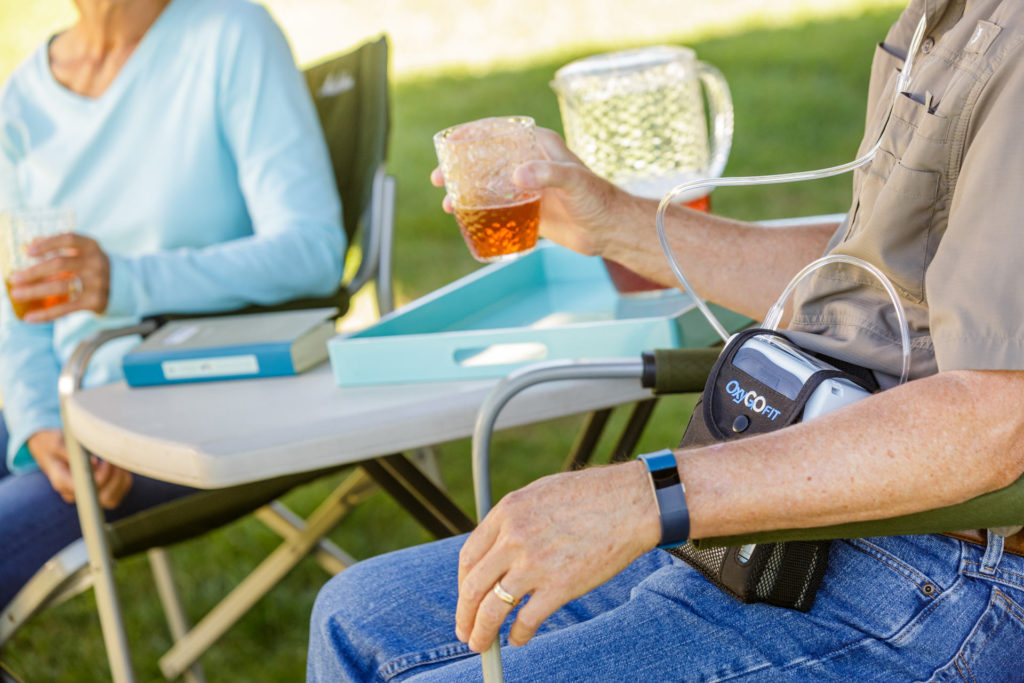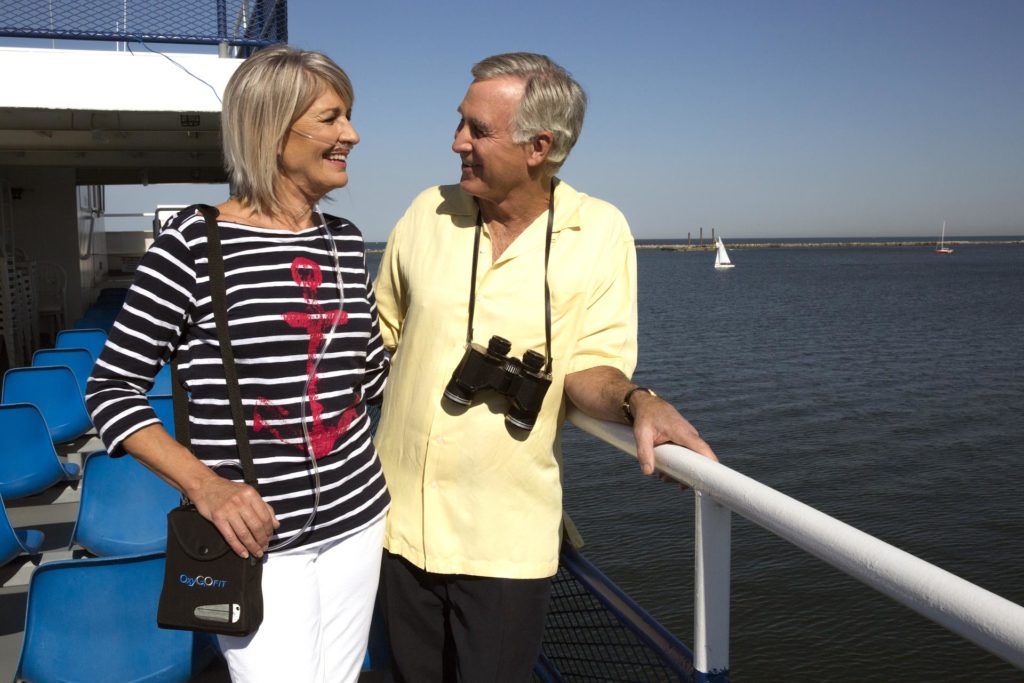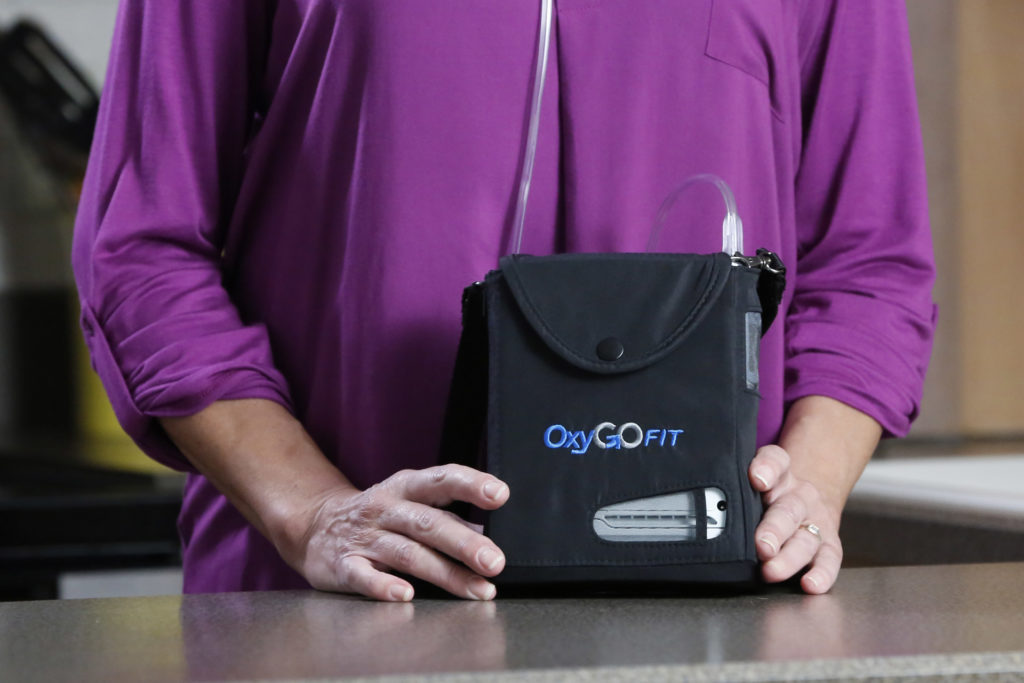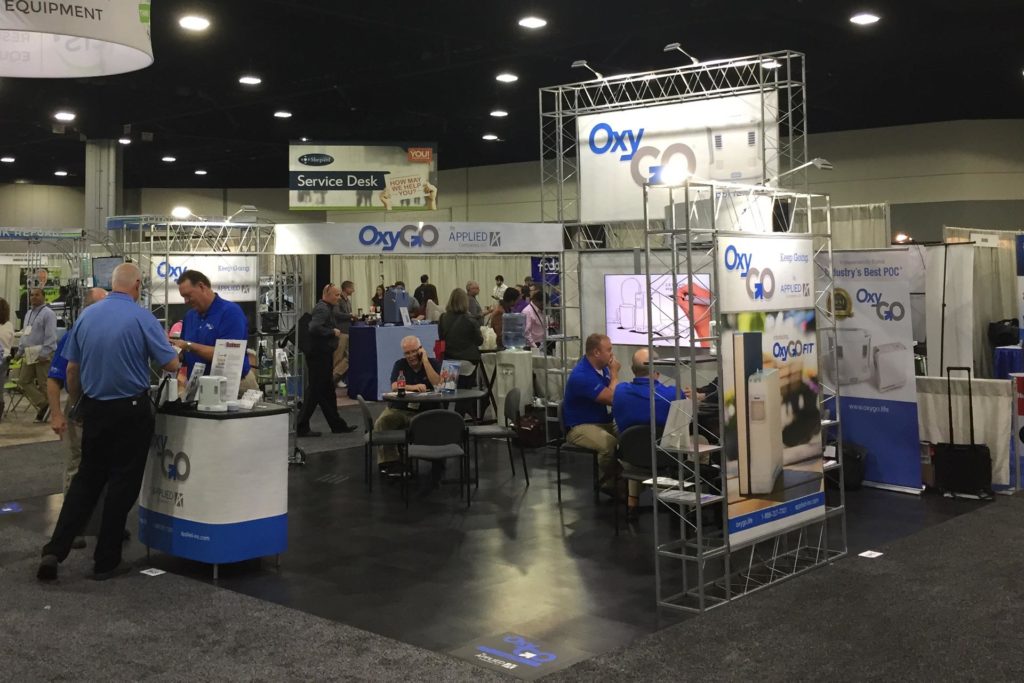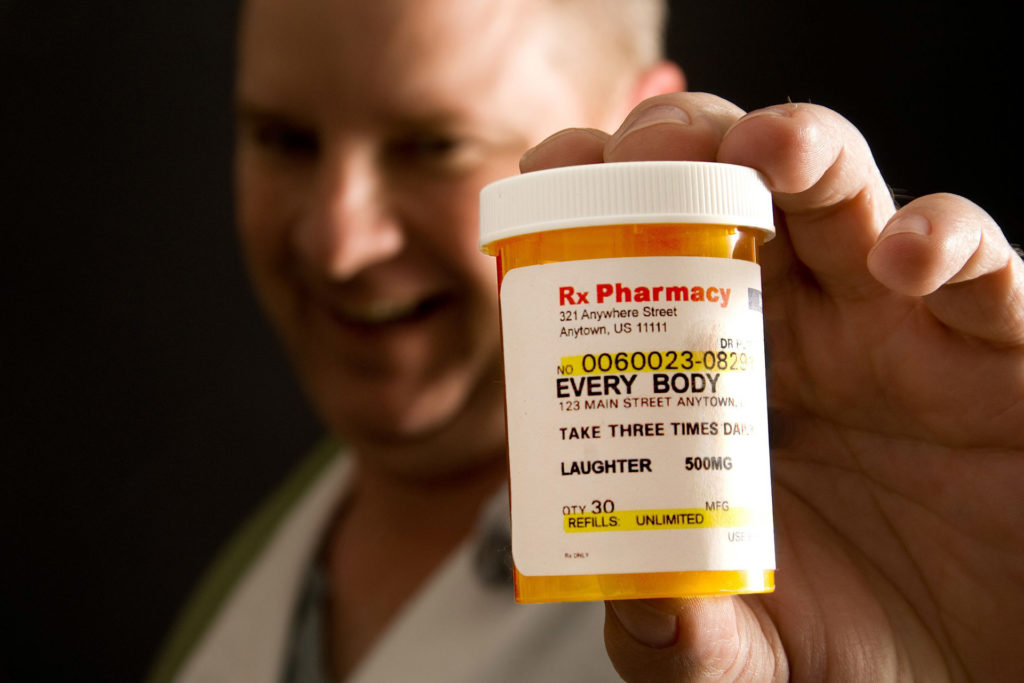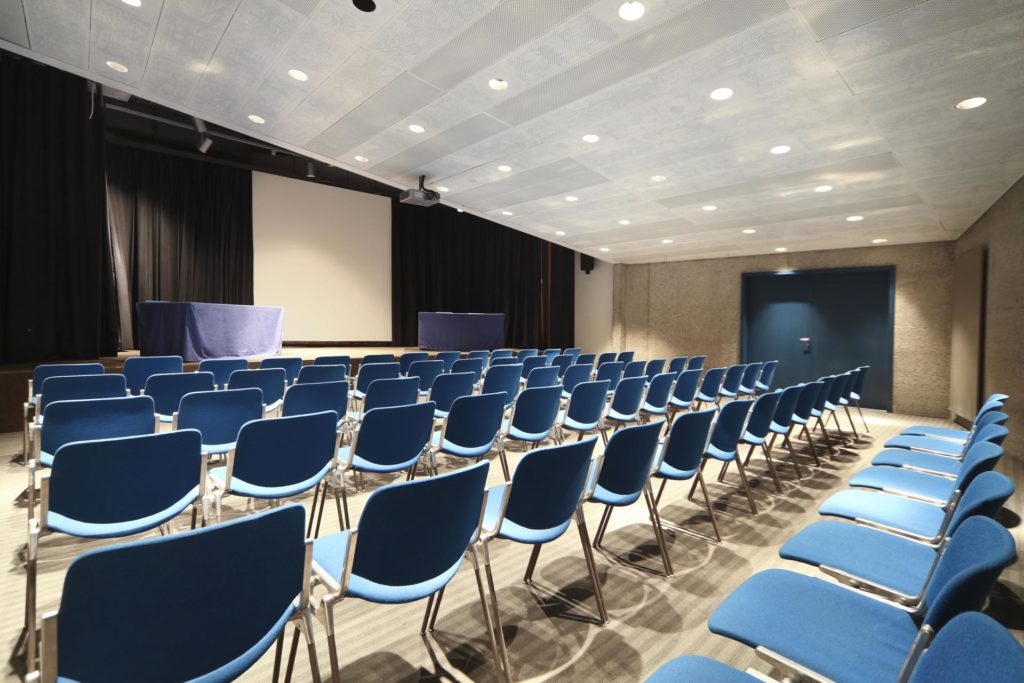A Pro Talks About the Best of the Best
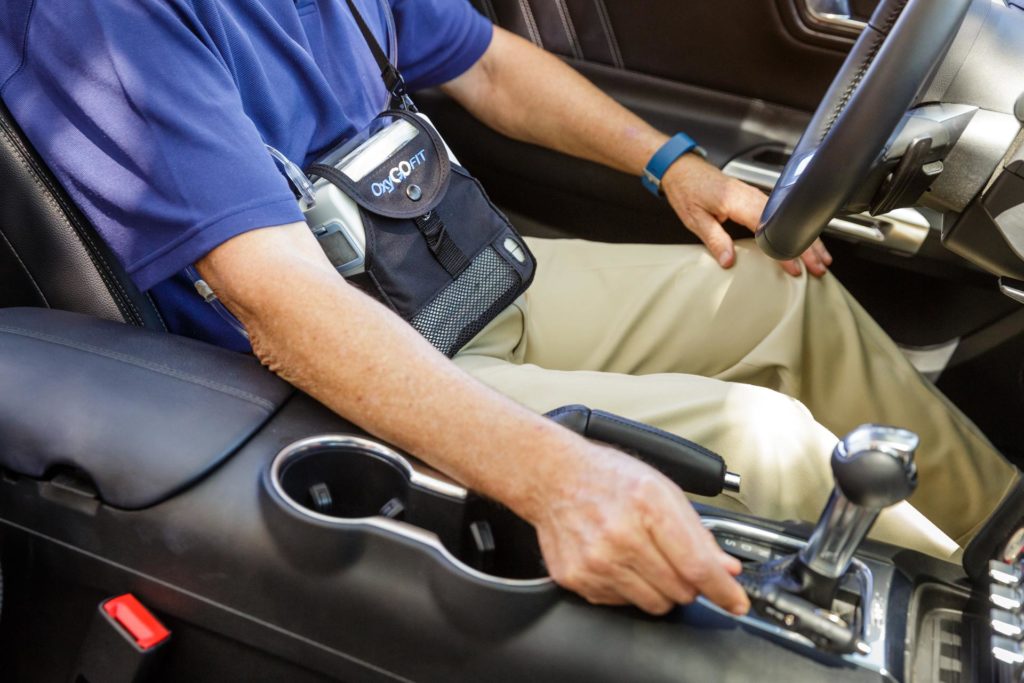
Marc Gordon created Newtec Medical Equipment LLC, Toms River, NJ, with the intent of bringing affordable new technology home respiratory equipment to the patient. With a background as a Certified Respiratory Therapist with hands-on experience in dealing with Medicare reimbursements, Marc knew the type of business he wanted to own and run.
“I saw how complex and daunting it often was to get Medicare coverage for many patients. And I experienced how difficult it could be for them to obtain and benefit from the latest modern equipment,” he said. “I saw an opportunity to start essentially an all cash business and avoid many of the reimbursement hassles I had seen. So I started Newtec Medical Equipment with a heavy emphasis on old fashioned affordable customer service. I will drive to see a patient on a minute’s notice. My patients know I will go the extra mile for them and only recommend what I think is best for them, not for me. I want them to know I am always there for them, and that I care about their health and their lives,” Marc continued.
His company is off to a hot start. Newtec will be three years old in March 2017 and 2015-2016 growth has been 150%. To make such growth possible Marc often makes deliveries at all hours, frequently delivering well into the evening.
Marc classifies his business as a DME company concentrating in respiratory equipment. Newtec Medical Equipment specializes in CPAP, portable oxygen concentrators, nebulizers and CPAP masks. Marc also has developed an expertise in mobility products and offer patients a range of scooters. He sees his biggest competition as not coming from brick-and-mortar competitors but from Internet operations that know nothing personal about what their customers really need. “There is no policing of the Internet. Many of them don’t even have legitimate licenses. I don’t think it’s right that many home healthcare patients today are getting their equipment from basically a UPS shop,” he said.
When it comes to evaluating POCs, OxyGo® and OxyGo FIT™ concentrators get Marc’s highest grades. “I believe OxyGo is the best brand on the market. My customers are doing their homework and research. They are talking to one another-they are asking me for OxyGo because they hear it’s the best,” he said.
Mark says that among his patients, the OxyGo models stand out. “People want the OxyGo because of its patient focused features such as small size, longer battery duration options, simple affordable user serviceable maintenance for changing columns (sieve beds) replaceable batteries,” Mark said.
“OxyGo is the only POC I know of where the patient can easily change the sieve beds or columns,” he continued. “The other POC units most often have to be sent back to have this service done and it’s expensive, maybe $500 or $600 and time consuming for the patient to have to do this. It takes two minutes for a patient to make that switch with OxyGo and most other POCs don’t even have the removable batteries OxyGo offers,” Marc added.
The diagnostic information provided on OxyGo telemetry screens is at a level a cut above others, according to Gordon. He is impressed that at a glance OxyGo diagnostics tell patients if the unit and oxygen flow is too cold, too hot, if the sieve beds needs to be changed, etc. He is further impressed that the OxyGo POCs don’t just have a general ”low purity light” warning.
“The OxyGo POC diagnostic screen actually shows my patients the hours and minutes of oxygen flow left—not just a vague warning expressed in a percentile such as a 25% or 50% status light, which is what their competitors offer,” said Gordon. “For example, OxyGo will tell your patient that he or she has an hour and 38 minutes left, not just 50% or whatever. That certainty from an OxyGo unit gives my patients an extra level of confidence,” Marc added.
Diagnostic precision is important to Gordon and he says the portability OxyGo offers makes a big, big difference to his patients. “They used to be afraid to leave the house, always concerned they had to get back home by a certain time because of their oxygen needs. Now with OxyGo they can stay away from home all night. OxyGo power options are limitless. They can be plugged into the car and have batteries that are interchangeable. In fact, with their OxyGo units, my patients don’t even have to ever come back home if they don’t want to,” he laughed.
Asked what’s changed in the market, Marc said that the new lightweight OxyGo FIT is a game changer. “Everyone used to be hunting out the OxyGo as the best and smallest portable out there. Now when I bring both out to patients as a demo they look at the OxyGo as way too big and rule it out as an option, selecting the Oxygo FIT instead, as long they are at a setting of 3 or below,” Mark continued.
As might be expected, Gordon is a huge fan of the home no-delivery oxygen model. “Filling cylinders every week or month reminds me of the times when we all used rotary phones, pay phones. In their day they were great. But as we head into 2017, monthly cylinder delivery is more often than not an inefficient technology compared to the cost advantages and freedom offered patients by today’s POCs,” Gordon concluded.
RELATED POSTS
